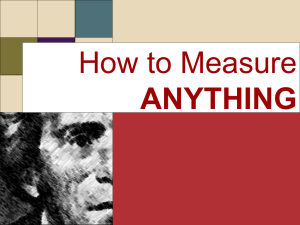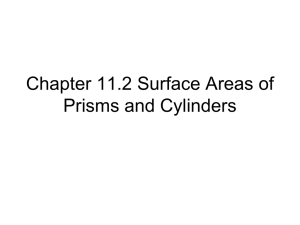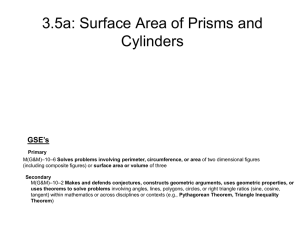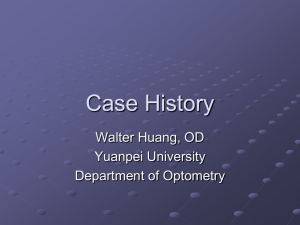outline30991
advertisement
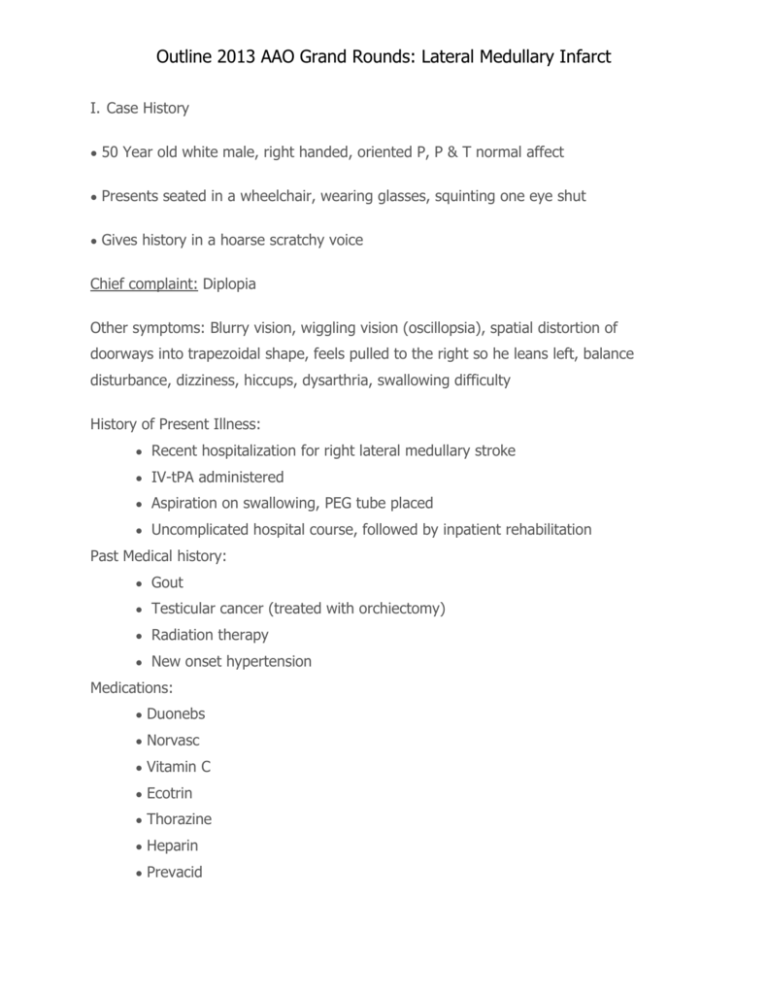
Outline 2013 AAO Grand Rounds: Lateral Medullary Infarct I. Case History • 50 Year old white male, right handed, oriented P, P & T normal affect • Presents seated in a wheelchair, wearing glasses, squinting one eye shut • Gives history in a hoarse scratchy voice Chief complaint: Diplopia Other symptoms: Blurry vision, wiggling vision (oscillopsia), spatial distortion of doorways into trapezoidal shape, feels pulled to the right so he leans left, balance disturbance, dizziness, hiccups, dysarthria, swallowing difficulty History of Present Illness: • Recent hospitalization for right lateral medullary stroke • IV-tPA administered • Aspiration on swallowing, PEG tube placed • Uncomplicated hospital course, followed by inpatient rehabilitation Past Medical history: • Gout • Testicular cancer (treated with orchiectomy) • Radiation therapy • New onset hypertension Medications: • Duonebs • Norvasc • Vitamin C • Ecotrin • Thorazine • Heparin • Prevacid Outline 2013 AAO Grand Rounds: Lateral Medullary Infarct • Multivitamin • Senokot • Zocor • Valium • Morphine • Scopolamine patch • Colchicine Family History • Mother lung cancer, hypertension and hyperlipidemia at young age • Father MS and seizure disorder Ocular history • Last eye exam routine and one year ago • Wears PAL • No other ocular issues self or family II. Pertinent findings • Clinical • Current Rx -0.25 sphere OD and OS +1.25 Add PAL • Distance VAcc 20/60-2 OD and 20/50-2 OS, NI PH • Near VAcc 20/100 OD and 20/100 • Cover Test: 10 prism diopters left hyper in primary gaze at distance and 8 at near. Worse in right gaze. • Hypometric saccades to the left and Hypermetric saccades to the right • Horizontal torsional nystagmus on gaze holding and smooth pursuits • Right ptosis and miosis (Right Horner’s syndrome) • 15 degrees counterclockwise torsion OD and 10 degrees CC OS • Normal confrontation fields and convergence • Physical • Feels as if being pulled to the right so he leans left (lateropulsion) • Dizzy and off balance, sits in wheelchair, walks with supervision Outline 2013 AAO Grand Rounds: Lateral Medullary Infarct • Laboratory studies • Pre-admission lab studies on file in patient medical chart • Consistent with hyperlipidemia diagnosis • Radiology studies report • MRI of brain indicates right lateral posterior medulla infarction III. Differential diagnosis • Lateral medullary stroke with Wallenberg’s syndrome • Central acquired Horner’s Syndrome with multiple process • Other forms of diplopia and balance disturbances IV. Diagnosis and discussion • Ocular Diagnoses: • Diplopia oblique • Skew deviation with ocular skew torsion, ocular tilt reaction • Torsional nystagmus • Oscillopsia • Decreased visual acuity • Horner’s Syndrome • Hypermetric /Hypometric saccades • Lateral pulsion • Graviceptive pathway dysfunction • Vestibular /ocular dysfunction • Unique features • Diplopia and nystagmus are reduced when patient is fully reclined • Graviceptive pathways are not evoked in reclined position Outline 2013 AAO Grand Rounds: Lateral Medullary Infarct • Discussion of the neuro-anatomy in the lateral medulla • Vestibular nucleii • Nucleus of CNX • Nucleus Ambiguous • Inferior cerebellar peduncle • Descending spinal tract and nucleus of CNV • Hypoglossal Nucleus • Dorsal vagal nucleus • Lateral spinocerebellar and spinothalamic tract • Reticular formation Descending autonomics, oculo-sympathetics V. Treatment, management • Treatment and response to treatment • Increased Add to +1.75D OU, 20/40 near VA OD and OS • Fresnel Press on Prism, 10 prism diopters base down OS eliminated diplopia in most positions of gaze while patient is upright • Reclined visual rehabilitation, occupational and physical therapies will reduce symptoms related to graviceptive pathways, skew diplopia, nystagmus and oscillopsia • Range of motion and fusion, smooth tracking saccades and VOR are the visual rehab activities for the reclined position • Gradual inclination on tilted bench introduced over time allows gradual adaptation of the vestibular system VI. Conclusion • Clinical pearls: Knowledge of neuro-anatomy predicts signs and symptoms associated with a lesion Outline 2013 AAO Grand Rounds: Lateral Medullary Infarct • Diplopia comes in many varieties, can be associated with other neurologic findings, and is treatable with prism and rehab therapies • Understanding of the relationship between the visual and vestibular system allows a more complete view of patient symptoms in this case • A non-traditional diagnostic and therapeutic technique of reclining the patient and repeating testing revealed the effects of the graviceptive pathways in skew deviation VII. Bibliography • Leigh, R. John; Zee, David S. The Neurology of Eye Movements 4th Ed. Pp79-80 Oxford University Press 2006 • Crevits L; Vander Eecken H Ocular lateropulsion in Wallenberg's syndrome: a prospective clinical study [Acta Neurol Scand] 1982 Mar; Vol. 65 (3), pp. 219-22 • Nowak DA, Topka HR, The clinical variability of Wallenberg's syndrome. The anatomical correlate of ipsilateral axial lateropulsion. Journal Of Neurology [J Neurol, 2006 Apr; Vol. 253 (4), pp. 507-11 • Zee, David S. Chapter 2 Vestibular Adaptation in Herdman Susan J. Vestibular Rehabilitation 3rd edition. 2000, F.A. Davis co. • Brandt T, Dieterich M, Skew deviation with ocular torsion: A vestibular brainstem sign of topographic diagnostic value Annals of Neurology Volume 33 Issue 5, Oct 8, 2004 Pages 528 –534 • Baloh RW, Yee RD, Honrubia V, Eye movements in patients with Wallenberg's syndrome. Annals Of The New York Academy Of Sciences 1981; Vol. 374, pp. 600-13 Outline 2013 AAO Grand Rounds: Lateral Medullary Infarct • Parulekar MV, Dai S, Buncic JR, Wong AMF Head Position–Dependent Changes in Ocular Torsion and Vertical Misalignment in Skew Deviation. Arch Ophthalmol. 2008;126(7):899-905



